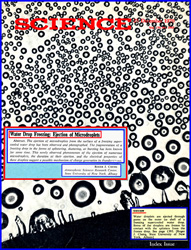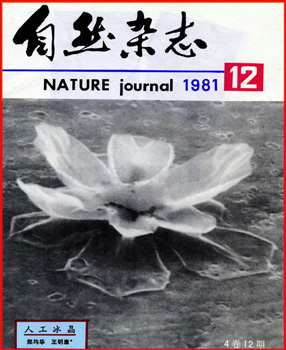|
|

|

|

|

|

|

|

|

|

|

|
HOME |
EXHIBIT |
ATMOSPHERE |
OCEAN |
ENVIRONMENT |
LET
IT SNOW |
SCIENCE
EDUCATION |
COMMUNITY
SERVICE |
CHINA
CONNECTION |
CHENG'S
HAVING
FUN |
.jpg) |
 |
 |
 |
 |
 |
 |
|
|
HOME
|
ATMOSPHERIC
SCIENCES
|
SNOW
and ICE
CLOUD
SEEDING
|
FREEZING
of A WATER DROP
|
FRAGMENTATION
of
A FROZEN DROP
|
MELTING
of
A
FROZEN DROP
|
CHARGE
within
An
ICE CRYSTAL
|
PUBLICATION
and
CITATION
|
From:
ASRC REPORT
|

